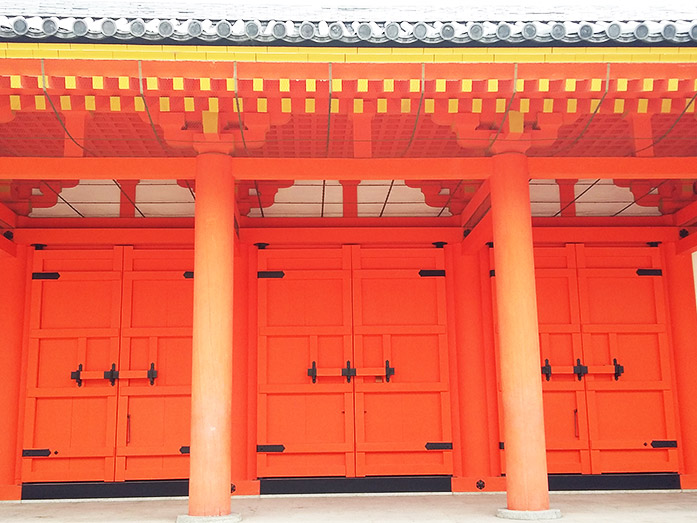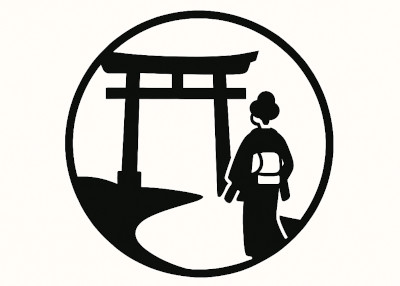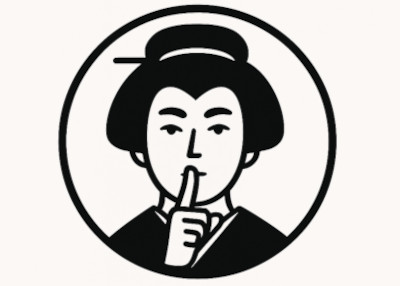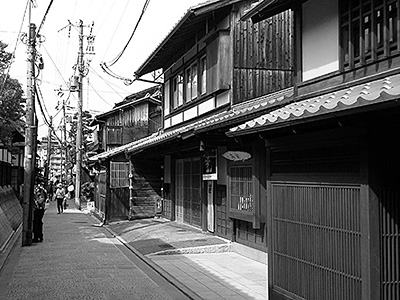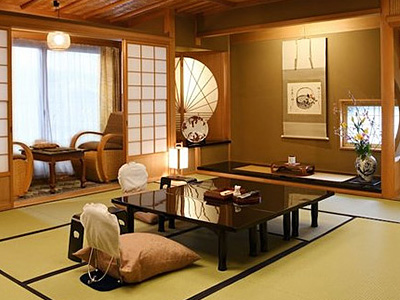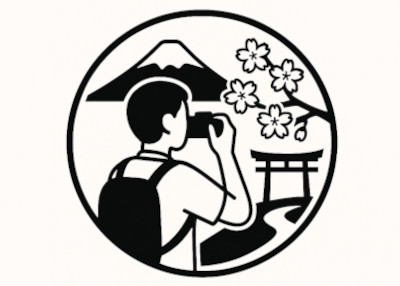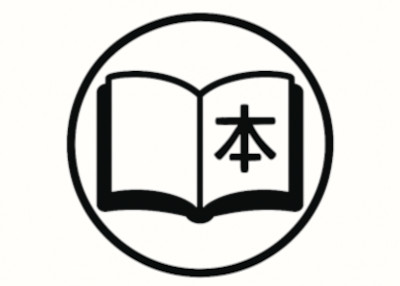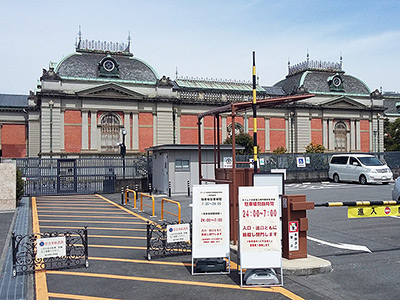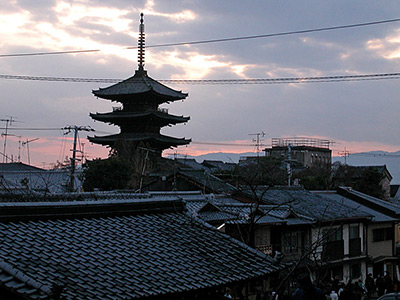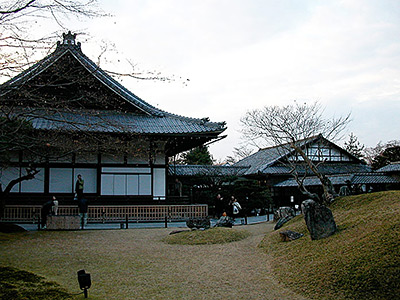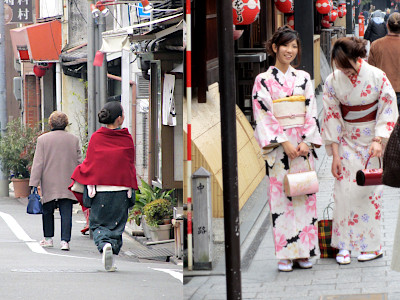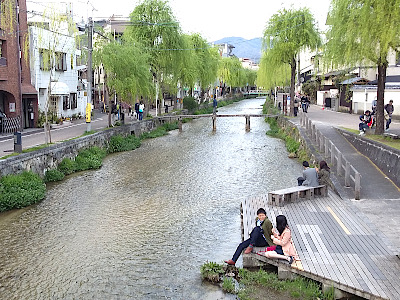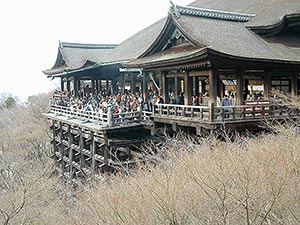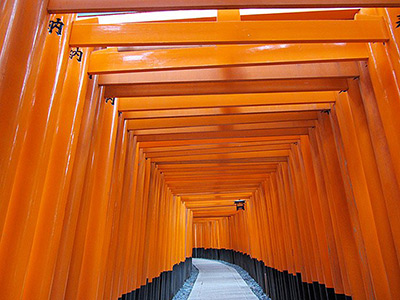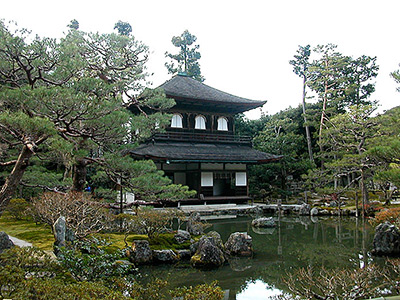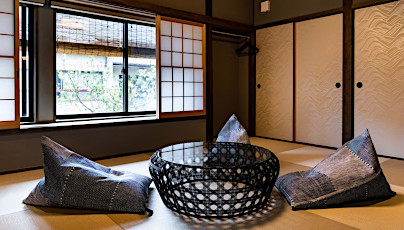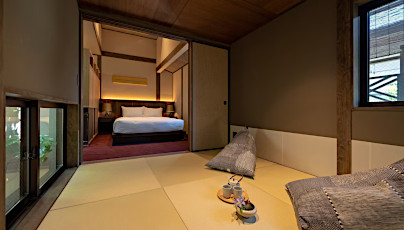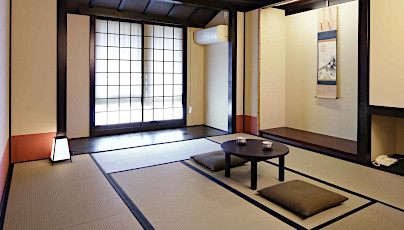Sanjusangen-do Temple in Kyoto
This post can contain affiliate links, which means that we may receive a small commission if you make a purchase using these links.
Facts & Figures
The official name of Sanjusangen-do in Kyoto is Rengeo-in Temple (Hall of the Lotus King). The Japanese government registered Rengeo-in as a National Treasure. The 120-meter-long main temple hall is called Sanjusangen-do, which means a hall with thirty-three spaces between columns. It is the longest wooden building in Japan. The architectural style of the main hall is known as Wayo.
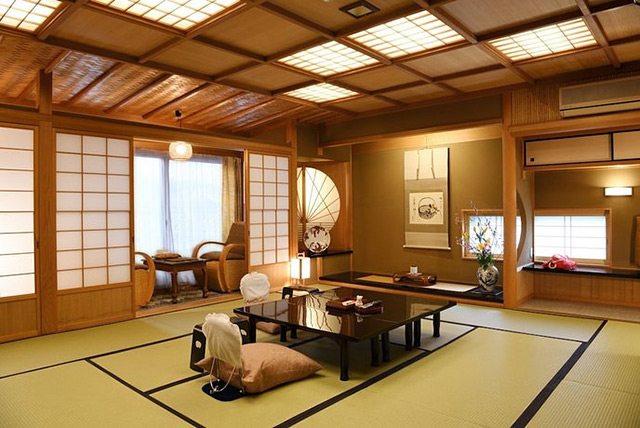 Best Places to Stay in Kyoto >
The absolute highlight are the 1001 statues of Kannon (Juichimen-senjusengen Kanzeon), the Buddhist Goddess of compassion, inside the hall. Unfortunately, there are no pictures allowed, but some people did not follow the rules and you can just google for it;) The material used for the human-sized statues is Japanese cypress covered with gold leaf. The large wooden statue in the center is a National Treasure of Japan and represents the 1000-armed Senju Kannon (original name Sahasrabhuja-arya-Avalokitesvara). The famous artist Tankei (1173 - 1256) created this 3.3 meters tall figure. Interesting to know that he was 82 at the end of the project. You will also find 28 fierce-looking guardian statues inside the hall. The most impressive ones are the Thunder God (Raijin) and The Wind God (Fujin). I should not forget to mention two Important Cultural Properties within the temple complex, which are the roofed earthen fence and the South Gate. Sanjusangen-do belongs to the Tendai School of Buddhism and is controlled by the Myoho-in Temple.
Best Places to Stay in Kyoto >
The absolute highlight are the 1001 statues of Kannon (Juichimen-senjusengen Kanzeon), the Buddhist Goddess of compassion, inside the hall. Unfortunately, there are no pictures allowed, but some people did not follow the rules and you can just google for it;) The material used for the human-sized statues is Japanese cypress covered with gold leaf. The large wooden statue in the center is a National Treasure of Japan and represents the 1000-armed Senju Kannon (original name Sahasrabhuja-arya-Avalokitesvara). The famous artist Tankei (1173 - 1256) created this 3.3 meters tall figure. Interesting to know that he was 82 at the end of the project. You will also find 28 fierce-looking guardian statues inside the hall. The most impressive ones are the Thunder God (Raijin) and The Wind God (Fujin). I should not forget to mention two Important Cultural Properties within the temple complex, which are the roofed earthen fence and the South Gate. Sanjusangen-do belongs to the Tendai School of Buddhism and is controlled by the Myoho-in Temple.
- Sanjusangen-do:
- Opening Hours - 8:00 am to 5:00 pm (last entry 4:30 pm, April - 15th of November)
- Opening Hours - 9:00 am to 4:00 pm (last entry 3:30 pm, 16th November - 31st of March)
- Closed - never, open the whole year
- Admission Fee - 600 yen (Adults), 400 yen (High school and Junior high school students)
History
In 1164 Sanjusangen-do was built by Taira-no-Kiyomori (1118 – 1181), a powerful politician and warlord. The order for the construction came from the retired Emperor Go-Shirakawa (1127 – 1192). He wanted to use this temple as his retirement palace. After a huge fire in 1249, the reconstruction of only the main hall under the guidance of Emperor Go-Saga (1220 - 1272) took till 1266. Since then Sanjusangen-do´s core structure remained unchanged. 4 major renovations took place within the last 700 years. In 1604 the legendary samurai warrior Miyamoto Musashi (1584 - 1645) had a famous duel with Yoshioka Denshichiro, a well-known samurai of the Yoshioka family. Miyamoto Musashi was undefeated in 61 duels and retired as a healthy man. Something you cannot say about his opponents. Sanjusangen-do was also home to the popular Toshiya archery competitions. The annual event started during the Momoyama period (1568 - 1600) and lasted until 1861. These days the Omato Taikai or Tournament of the Great Target is held here every year in January. It was created to keep the old traditions alive. Last but not least all of the 1001 Buddha statues were renovated over a period of 45 years from 1973 until 2017.
Location

Sanjusangen-do is located in the Higashiyama district in Kyoto opposite the Kyoto National Museum.
Address: 657 Sanjusangendoma wari-cho, Higashiyama-ku, Kyoto, 605-0941
How to get to Sanjusangen-do Temple?
- 20min walk from Kyoto Station or
- 10min from Kyoto Station to Hakubutsukan-Sanjusangen-do-Mae stop by bus nr. 100, 206 and 208
Sightseeing spots at the Sanjusangen-do Temple grounds
Top:
Main Hall (Hondo) - With 120 meters it is the longest wooden hall in Japan with an amazing interior of 1001 statues of Kannon (Goddess of compassion) standing there in ten rows and 28 sculptures of Buddhist guardian deities. Out of those 1000 statues, only 124 are dating back to the founding of the temple. The rest (876) got destroyed by fires and were later added back during the Kamakura period (1185 – 1333) within 16 years of intense work of master Tankei and his team of over 70 sculptors. The one-story hall was built in the Wayo style, which was popular during the Heian period (794 - 1185). My must-see recommendation for you.
Fujin and Raijin - The impressive wooden statues right behind Senju Kannon in the Main Hall represent the God of Wind (Fujin) and the God of Thunder (Raijin). These figures are an amazing sight with a height of 3.8 meters and 3.5 meters.
Willow Trees - You will see these trees everywhere on the temple grounds. Their branches are used for the yearly Rite of the Willow (Yanagi no Okaji). Priests will use these branches to purify visitors who come here for a blessing.
Festival & Events in Kyoto (dates can change without notice)
January
Omato Taikai Archery Tournament at Sanjusangen-do temple grounds (15th)
The festival dates from the Edo period, when archers meet for an annual contest. The goal was to shoot as many arrows (and hit a target) as possible along the length of the hall within 24 hours. The record by one person stands at 8133. The Omato Taikai archery tournament is held on the west veranda of the temple.
April
Miyako Odori (1st - 31th)
The traditional annual spring dance of the Kyoto district Gion Kobu performed by Geiko and Maiko is a must-see on your Kyoto visit. Don't miss the most popular dances the Miyako Odori "Cherry Blossom Dances" or "Dances of the Old Capital" at the Gion Kobu Kaburenjo Theater (located close to Gion Corner).
May
Aoi Matsuri (15th)
The highlight of this festival is a large parade from the Imperial Palace through the Shimogamo Shrine to the Kamigamo Shrine. More than 500 people wearing aristocratic costumes from the Heian Period (794 - 1185). The Aoi Matsuri belongs with the Gion Matsuri and Jidai Matsuri as the three most famous festivals in Kyoto.
July
Gion Matsuri (whole month)
The month of July is full of different events like the Yoiyama - Kyoto's Magical Night (locals in kimonos look at the giant Gion floats the day before the parade) or the famous Yamaboko Junko (float procession on the 17th of July).
Obon Festival at Higashi Honganji Temple (30th - 31st)
The annual summer Obon Festival honors the spirit of our ancestors. You can enjoy their tea ceremony demonstrations, games, flower markets, delicious food, Bon Odori Dancing, and much more.
October
Jidai Matsuri ("Festival of Ages") (22nd)
People celebrate with a large parade between Imperial Palace to Heian Shrine the anniversary of the foundation of Kyoto. App. 2000 participants wearing historical costumes from different time periods. Enjoy this great festival which lasts around 2 hours.
Where to stay in Kyoto?
Book your Flight Tickets and Rental Car for your Japan trip
Day trips from Kyoto:
Travelers who viewed Sanjusangendo Temple viewed also:
Top rated - Best Machiya Houses in Kyoto
THE MACHIYA Ebisuya, 192 Ebisuya-cho Shimogyo-ku, Kyoto 600-8062
This 3-star guesthouse got an excellent rating. All 30 individually furnished rooms offer free WiFi, air conditioning, bathrooms incl. toilets, fridges, 40-inch flat-screen TVs, and more. THE MACHIYA Ebisuya is located in central Kyoto.
View on Expedia.com
This 3-star guesthouse got an excellent rating. All 30 individually furnished rooms offer free WiFi, air conditioning, bathrooms incl. toilets, fridges, 40-inch flat-screen TVs, and more. THE MACHIYA Ebisuya is located in central Kyoto.
View on Expedia.com
The Machiya Kazahaya, 570-6 Kazahayacho, Shimogyo-ku, Kyoto, Kyoto, 600-8475
The Machiya Kazahaya offers for all guest rooms free WiFi, air conditioning, safes, bathrooms with toilets, refrigerators, and much more. Enjoy also the beautiful Japanese Garden. Guests gave this property the rating - Exceptional.
View on Expedia.com
The Machiya Kazahaya offers for all guest rooms free WiFi, air conditioning, safes, bathrooms with toilets, refrigerators, and much more. Enjoy also the beautiful Japanese Garden. Guests gave this property the rating - Exceptional.
View on Expedia.com
Kyomachiya Ryokan Sakura Urushitei, 425 Kichimonjicho, Shimogyo-ku, Kyoto, 600-8069
This beautiful 3-star guesthouse offers 32 rooms with free WiFi, air conditioning, bathrooms incl. showers and toilets, refrigerators, and much more. Enjoy also the relaxing indoor public bath (no minerals). Guests gave this property the rating - Wonderful.
View on Expedia.com
This beautiful 3-star guesthouse offers 32 rooms with free WiFi, air conditioning, bathrooms incl. showers and toilets, refrigerators, and much more. Enjoy also the relaxing indoor public bath (no minerals). Guests gave this property the rating - Wonderful.
View on Expedia.com

